OTTAWA — A full-scale research fire test has found the fire performance of a mass timber structure was similar to that of non-combustible construction and confirms mass timber can perform well under the very rare fire scenario in which the sprinkler system fails and the fire department is unable to respond.
The test was hosted by the Canadian Wood Council at the Canadian Explosives Research Lab in Ottawa. Over 150 experts from across Canada, including fire officials, building regulators, insurance industry representatives, engineers and architects attended the event to learn about and observe the behaviour of mass timber construction exposed to fire, states a release.
While the majority of exposed mass timber compartment fire tests to date have simulated residential occupancies, this test demonstrated the fire performance and fire dynamics in a typical occupied open-plan office space in a mass timber building.

1/4
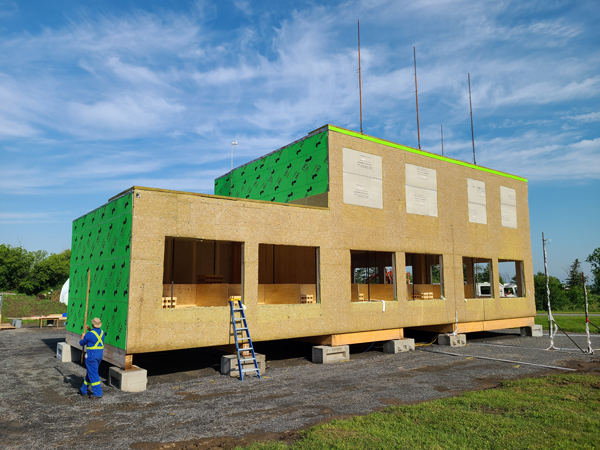
2/4
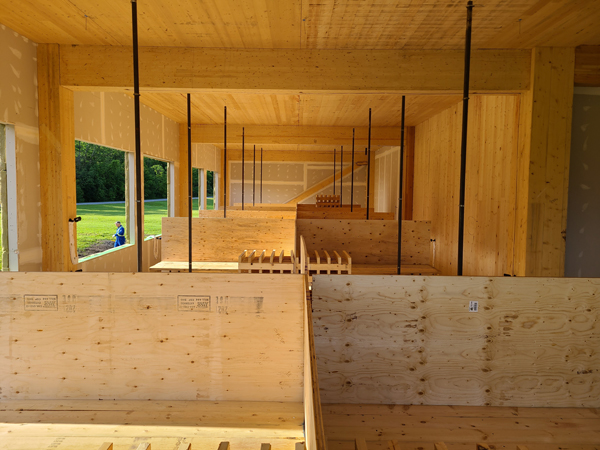
3/4

4/4
CANADIAN WOOD COUNCIL — During the full-scale fire test, the mass timber structure withstood the full burnout once the furnishings of the building were consumed and then the fire quickly died down and burned out. The test confirmed that mass timber can perform well if the sprinkler system fails and the fire department is unable to respond.
The space was much larger than previous tests, both in the area and floor-to-ceiling height and included a large fire load of simulated furniture and other contents.
The test was intended to provide insight into the fire dynamics in a larger space, typical of those seen in modern mass timber office buildings as opposed to research testing to date, which focused on smaller fire compartments with lower ventilation.
“The research fire test on mass timber performed as expected: the mass timber structure withstood the full burnout once the furnishings of the building were consumed, then the fire quickly died down and burned out,” stated the release. “The fire largely burned out within the first hour, however, the test was continued for a full four hours to monitor for any potential re-ignition. As a research test, the structure was instrumented with 400 thermocouples and radiation sensors providing information to document the fire development.”
For more information visit firetests.cwc.ca.


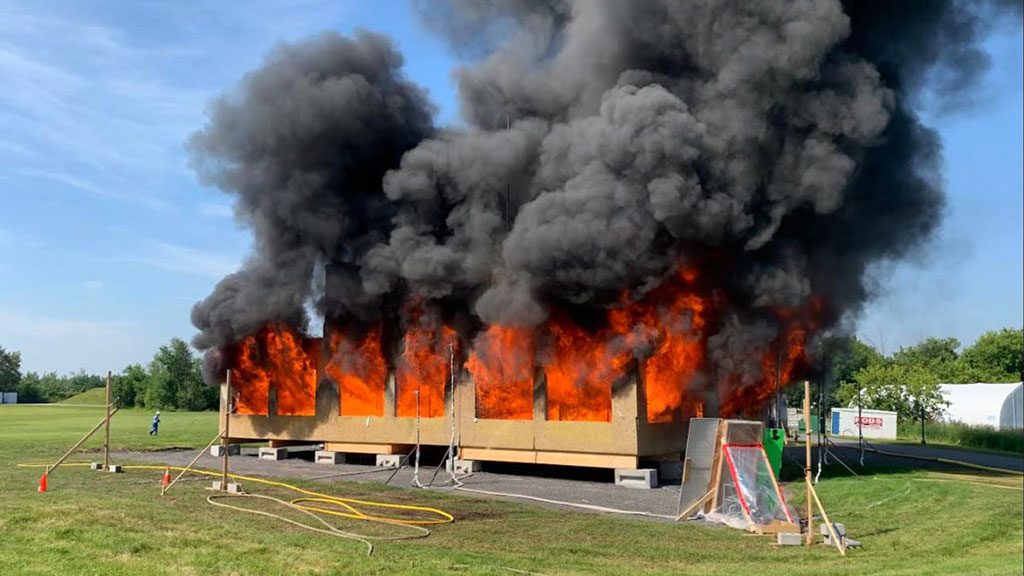





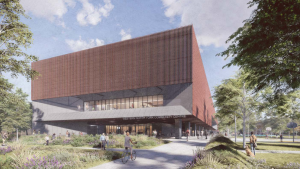
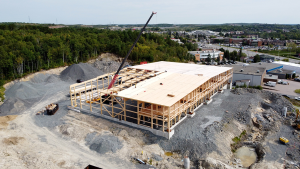

Recent Comments